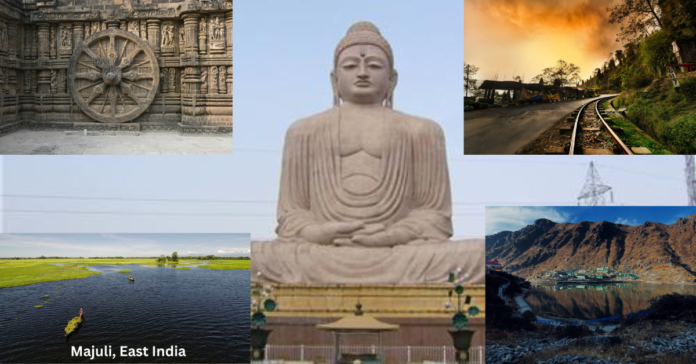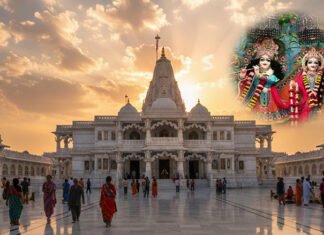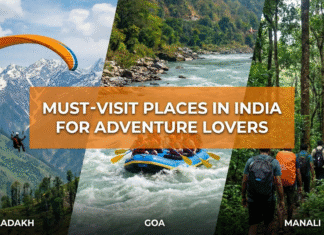Enchanting Destinations of East India
East India, with its diverse landscapes, rich cultural heritage, and historical significance, offers an array of captivating experiences. From the lush tea gardens of Assam to the spiritual city of Puri, East India has something for every traveler. Here’s a detailed guide to exploring the must-visit destinations in East India.
1. Kolkata: The Cultural Capital
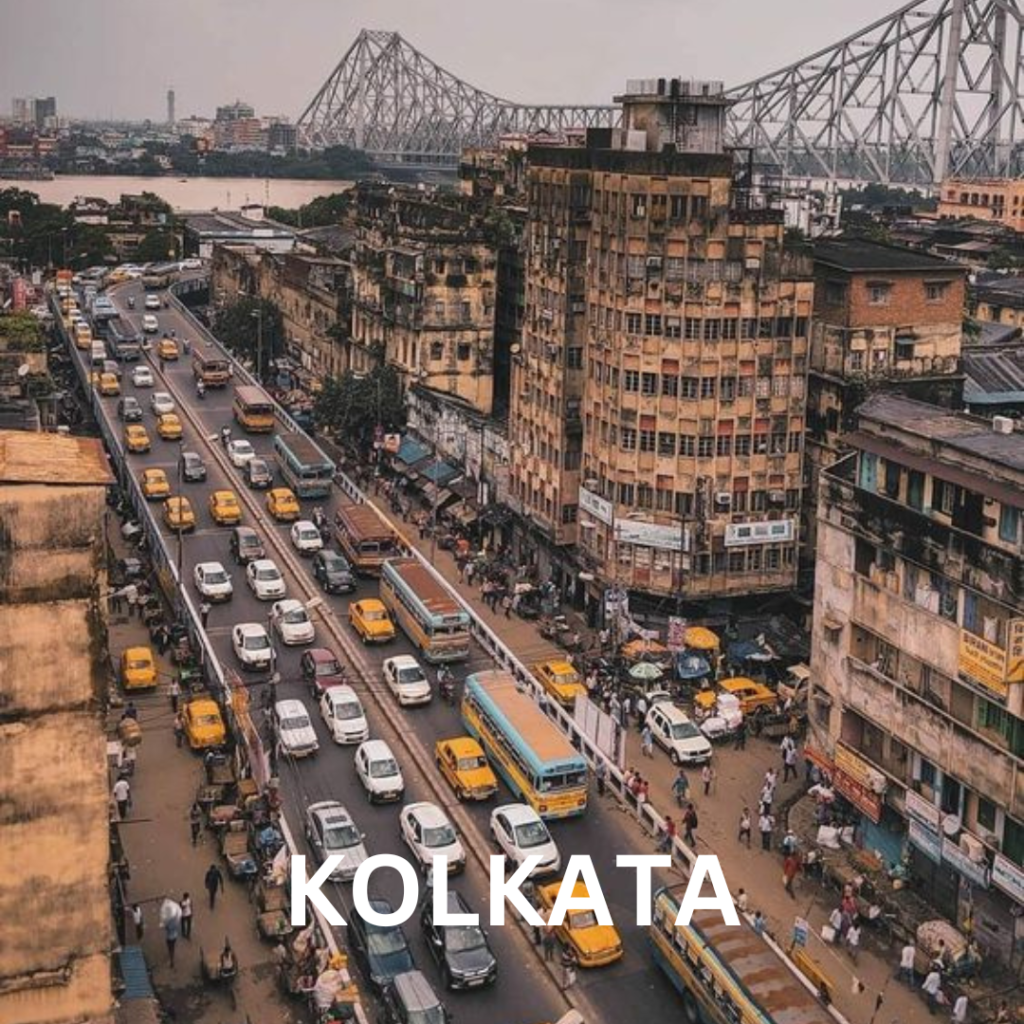
Kolkata, the capital of West Bengal, is a city that blends colonial charm with vibrant culture. Start your journey at the iconic Victoria Memorial, a splendid white marble structure that stands as a testament to the city’s colonial past. Visit the Indian Museum, one of the oldest and largest museums in India, housing an impressive collection of artifacts.
Stroll through the bustling streets of Park Street and savor the local delicacies, from street food to fine dining. Don’t miss the Howrah Bridge, an engineering marvel that spans the Hooghly River. Experience the spiritual side of Kolkata at the Dakshineswar Kali Temple and Belur Math, the headquarters of the Ramakrishna Mission.
2. Darjeeling: The Queen of the Hills

Darjeeling, nestled in the Himalayas, is famous for its stunning views of the Kanchenjunga mountain range and its world-renowned tea. Take a ride on the Darjeeling Himalayan Railway, a UNESCO World Heritage Site, and enjoy the scenic landscapes.
Visit the Padmaja Naidu Himalayan Zoological Park, home to the endangered red panda and snow leopard. The Peace Pagoda, built by Japanese Buddhist monks, offers a serene atmosphere and panoramic views of the town. Don’t forget to explore the lush tea gardens and sample the exquisite Darjeeling tea.
3. Bhubaneswar: The Temple City
Bhubaneswar, the capital of Odisha, is known for its ancient temples and architectural marvels. The Lingaraj Temple, dedicated to Lord Shiva, is a masterpiece of Kalinga architecture and a significant pilgrimage site. The Mukteswara Temple, with its intricate carvings and exquisite gateway, is a must-visit for history enthusiasts.
Explore the Udayagiri and Khandagiri Caves, ancient Jain rock-cut shelters that offer a glimpse into the region’s history. The Odisha State Museum and the Tribal Museum provide insights into the state’s rich cultural heritage.
Also Read : Top 10 Must Visit Places in North India
4. Puri: The Spiritual Beach Town
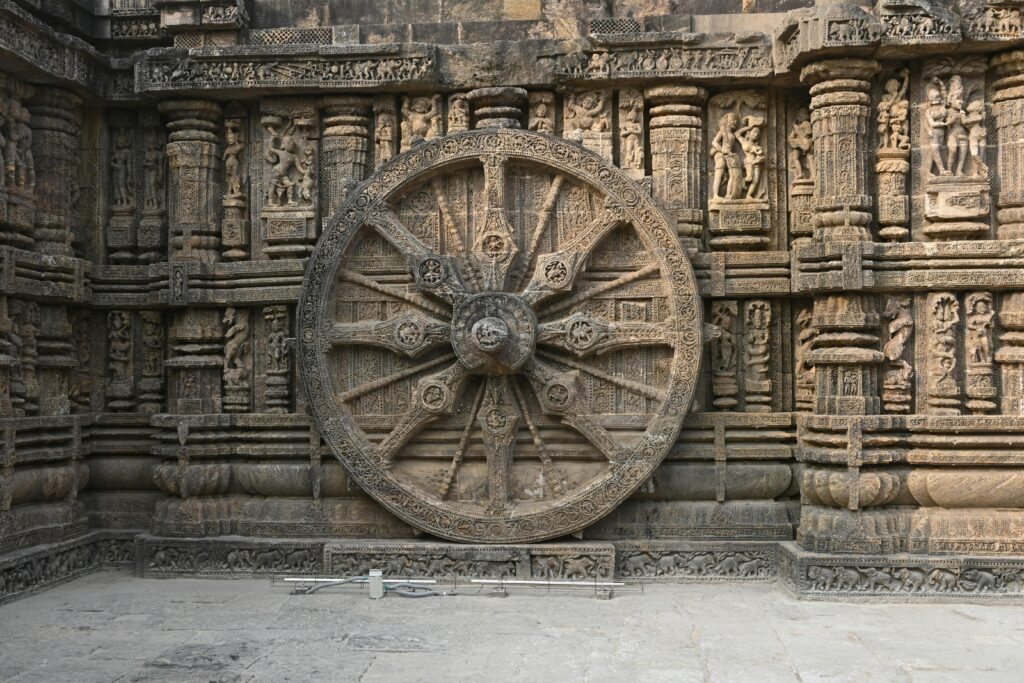
Puri, located on the coast of the Bay of Bengal, is renowned for the Jagannath Temple, one of the Char Dham pilgrimage sites. The temple’s annual Rath Yatra attracts millions of devotees from around the world. Stroll along the golden sands of Puri Beach and witness the mesmerizing sunrise.
Explore the Konark Sun Temple, a UNESCO World Heritage Site, known for its stunning architecture and intricate carvings. The nearby Chilika Lake, Asia’s largest brackish water lagoon, is a haven for birdwatchers and nature lovers.
5. Guwahati: The Gateway to Northeast India
Guwahati, the largest city in Assam, serves as the gateway to Northeast India. Visit the Kamakhya Temple, an important Shakti Peeth and a major pilgrimage site. The Assam State Museum offers a fascinating collection of artifacts showcasing the region’s history and culture.
Take a cruise on the Brahmaputra River and enjoy the scenic beauty of the surrounding landscapes. The Pobitora Wildlife Sanctuary, known for its high density of one-horned rhinoceroses, is a short drive from the city and offers excellent wildlife viewing opportunities.
6. Sikkim: The Land of Pristine Beauty

Sikkim, a small but picturesque state, is known for its breathtaking landscapes and rich biodiversity. Visit the capital city, Gangtok, and explore the Enchey Monastery and the Namgyal Institute of Tibetology. The Rumtek Monastery, one of the largest in Sikkim, offers a serene environment and stunning views.
Explore the pristine beauty of Tsomgo Lake and the Nathula Pass, located on the Indo-China border. The Gurudongmar Lake, one of the highest lakes in the world, is a sight to behold with its crystal-clear waters and surrounding snow-capped mountains.
Also Read : Top Must Visit Destinations in West India
7. Shillong: The Scotland of the East
Shillong, the capital of Meghalaya, is a charming hill station known for its scenic beauty and pleasant climate. Visit the Elephant Falls and the Shillong Peak for breathtaking views of the town and the surrounding hills. The Don Bosco Museum offers a comprehensive overview of the culture and traditions of Northeast India.
Explore the Living Root Bridges in Cherrapunji and Mawlynnong, known as the cleanest village in Asia. The Mawsmai Cave and the Nohkalikai Falls are other attractions that showcase the region’s natural beauty.
8. Majuli: The World’s Largest River Island
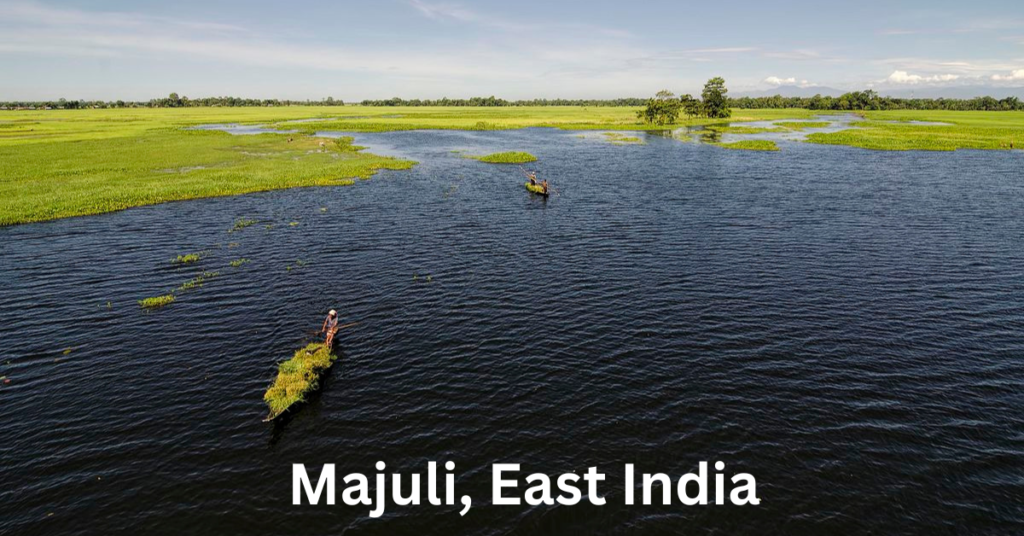
Majuli, located on the Brahmaputra River in Assam, is the world’s largest river island. It is a cultural hub for the Assamese people and home to several Satras (monasteries) that preserve the Vaishnavite culture. The island’s scenic beauty, with its lush green paddy fields and water bodies, is mesmerizing.
Participate in the vibrant festivals and witness traditional dance forms like Sattriya. The island is also a haven for birdwatchers, with numerous migratory birds visiting during the winter months.
9. Sundarbans: The Land of Mangroves
The Sundarbans, a UNESCO World Heritage Site, is the largest mangrove forest in the world and home to the elusive Bengal tiger. Take a boat safari through the winding waterways and explore the dense mangrove forests. The Sundarbans are also rich in biodiversity, with a variety of bird species, reptiles, and marine life.
Visit the Sajnekhali Wildlife Sanctuary and the Sudhanyakhali Watch Tower for a chance to spot wildlife. The local villages offer a glimpse into the traditional way of life in this unique ecosystem.
10. Gaya: The Land of Enlightenment
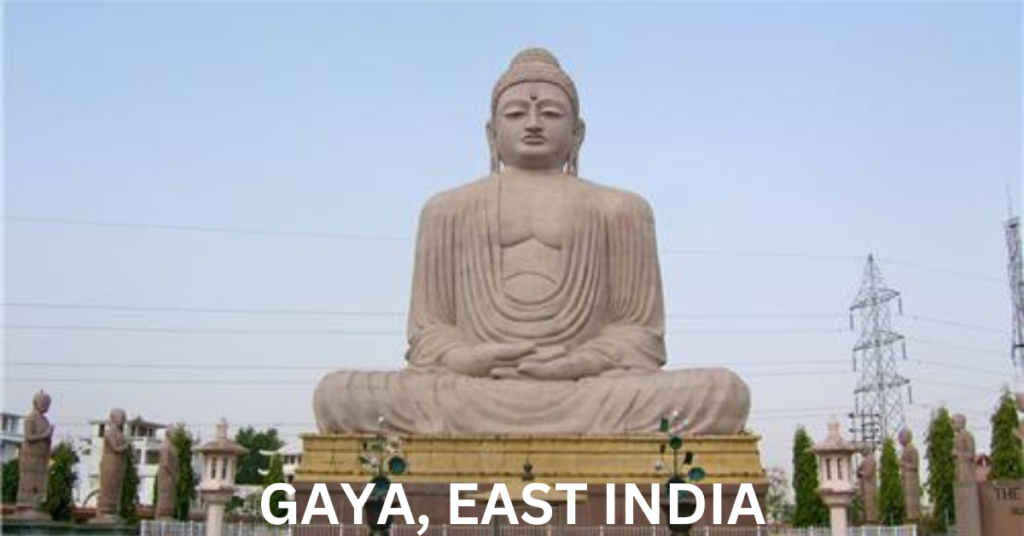
Gaya, located in Bihar, is a significant pilgrimage site for Buddhists and Hindus. The Mahabodhi Temple, a UNESCO World Heritage Site, marks the spot where Lord Buddha attained enlightenment. The temple complex is serene and offers a spiritual experience.
Visit the Vishnupad Temple, dedicated to Lord Vishnu, and the Barabar Caves, the oldest surviving rock-cut caves in India. Bodh Gaya, a short drive from Gaya, is another important Buddhist pilgrimage site with numerous monasteries and meditation centers.
Conclusion
East India is a region of diverse cultures, breathtaking landscapes, and historical wonders. Each destination offers a unique experience, from spiritual journeys to adventurous escapades. Whether you’re exploring ancient temples, relaxing in hill stations, or witnessing natural beauty, East India has it all. Pack your bags and get ready to discover the enchanting destinations of East India!
FAQs
A. East India is renowned for its diverse attractions such as Kolkata, Darjeeling, Bhubaneswar, and Shillong. These destinations offer a blend of historical landmarks, natural beauty, and vibrant culture.
A. The best time to visit East India is from October to March when the weather is cool and pleasant, making it perfect for exploring various attractions.
A. East India offers rich cultural experiences through its festivals, traditional dances, local cuisine, and visits to historic temples and monuments, particularly in states like West Bengal, Odisha, and Assam.
A. Yes, East India is home to beautiful hill stations such as Darjeeling and Shillong, known for their stunning landscapes, tea gardens, and pleasant climate.
A. Popular outdoor activities in East India include trekking in the Eastern Himalayas, exploring wildlife sanctuaries, enjoying boat rides in the Sundarbans, and experiencing river cruises on the Brahmaputra.
East India is generally safe for travelers, but it is always recommended to stay alert, follow local advice, and take standard safety precautions, especially in remote areas.

